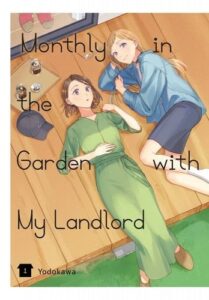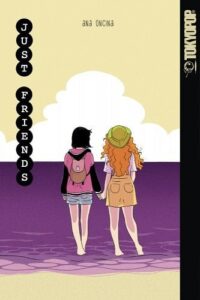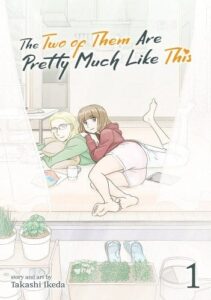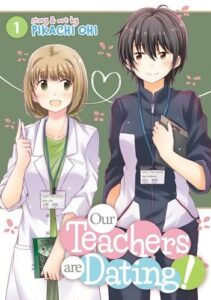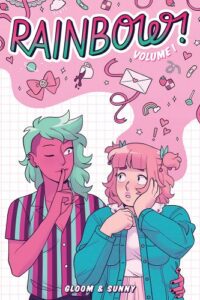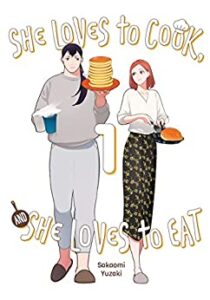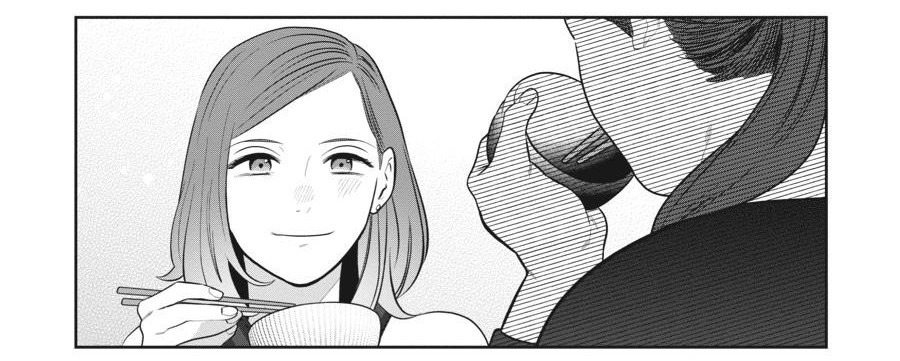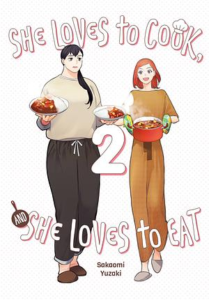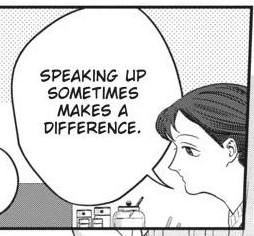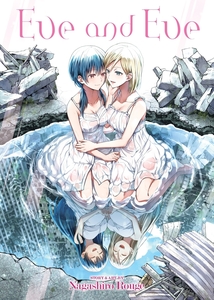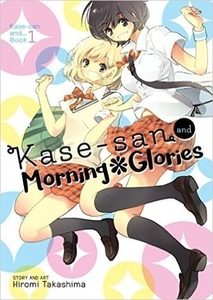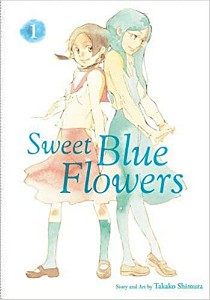For the longest time, I found manga intimidating, especially with the stereotype of manga being either sex fantasies for men or action-packed sagas. However, once I got past that initial fear (thanks to a coworker who helped me find some calmer titles to start off with), I found that manga, just like most formats, is more than just one genre. There are subgenres that where the plots are geared towards specific ages, with examples like:
- kodomomuke (cutesy manga meant for young children),
- shonen (adventure stories marketed to teen boys),
- shojo (stories centered around exploration of relationships geared towards teen girls),
- seinen (adult fiction geared towards adult men), and
- josei (adult fiction centered around relationships marketed to adult women).
Nowadays, I love narratives that center around personal relationships (platonic or romantic), which can be found more typically in shojo and josei works. If you want to get even more specific with it, there are sub-subgenres for romantic/sexual identities, such as BL (boy love) and yuri (sapphic). I think that is so cool, especially since I had started reading manga thinking that it was entirely centered on what men wanted to read and wouldn’t feature much, if any, queerness. If you want to get into manga, but don’t want to start with One Piece, never fear! Here are five of my favorite yuri manga that are great for people who haven’t read much manga before!
Monthly In The Garden with My Landlord series by Yodokawa
After getting out of an unhealthy relationship with her ex-girlfriend, Asako Suga wants a completely fresh start and decides to move to into a cute house. The only thing she didn’t count on was that the house came with a cute live-in landlord, who seems to be hiding a secret about her past. As the two live together and learn more about each other, Asako and Miyako become closer in this cozy story. Monthly In The Garden with My Landlord is a fantastic beginner manga for people who love forced-proximity stories and new adult protagonists. The second volume just came out on March 19th, so be sure to get your copy here!
Just Friends by Ana Oncina
As a teenager, Erika was forced to go to an overnight camp by her mother, in an effort for Erika to make more friends. While there, she met a girl named Emi, who changed her life forever with their relationship. In this dual timeline manga, Erika and Emi are now adults, who remember that summer together as they engage in an affair marked by nostalgia and secrecy. Just Friends will make you long for the simplicity of your youth, even as you see how it can be weaponized into something unhealthy. I particularly enjoyed Just Friends because it didn’t feature a “good” relationship—it showed the spectrum on which relationships can reside, making this perhaps the most realistic of these titles.
The Two of Them Are Pretty Much Like This, Vol. 1 by Takashi Ikeda
If you are a fan of the “they were roommates” trope, then you will want to read The Two of Them Are Pretty Much Like This. Scriptwriter Ellie and voice actress Wako are roommates, mentor and mentee… and lovers! This cozy manga covers their day-to-day lives as Ellie deals with writer’s block, Wako struggles with auditions, and the two hang out with friends.
The Two of Them Are Pretty Much Like This is a four-volume series and is a delightfully quiet and charming example of slice of life manga.
Our Teachers Are Dating series by Pikachi Ohi
If you like workplace romances, then you will like Our Teachers are Dating. Gym teacher Hayama and biology teacher Terano work together at an all-girls school and are crushing on each other hard. Their students and fellow teachers ship the two of them and work together to get the two teachers to confess. The rest of the volume covers the beginning of Hayama and Terano’s relationship, from stolen kisses at work to their first overnight trip. Our Teachers Are Dating is the first of four volumes in which we get to see this coworkers-to-lovers story, and the two protagonists are SUPER adorable. You’ll want to read this manga if you enjoy fluff stories, tender moments, and awkward (yet perfect) comedy.
I Don’t Know Which is Love, Vol. 1 by Tamamushi Oku
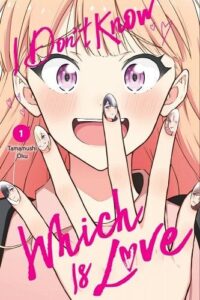
When Mei graduated high school, she was determined to leave behind an unfulfilled crush and to get a girlfriend in college. If only it was that simple… Mei is confronted with a variety of women at college and cannot decide who to pursue. With love interests like the older professor, the physically affectionate roommate, the voice-obsessed theatre techie, the sweet model, and the gregarious theatre ingenue, how will Mei ever choose? I will say, I Don’t Know Which is Love is verging on yuri harem territory, so be aware if you are not comfortable reading that kind of content. That being said, I loved reading this manga as it was super cute and played with the concept of having casual sapphic relationships. Definitely read it if you enjoy why-choose stories, romance, and college settings!
As always, you can get any of these books through your local library, indie bookstore, or through the Bookshop links above! Happy reading!
Chloe (they/he) is a public librarian in Baltimore, who identifies as Indigenous, autistic, and panromantic demisexual. They enjoy reading queer literature for any age group, as well as fantasy, contemporary, and romance. In their spare time, he acts in local community theaters and plays role-playing games. You can find them on Goodreads, Twitter, or Instagram.

